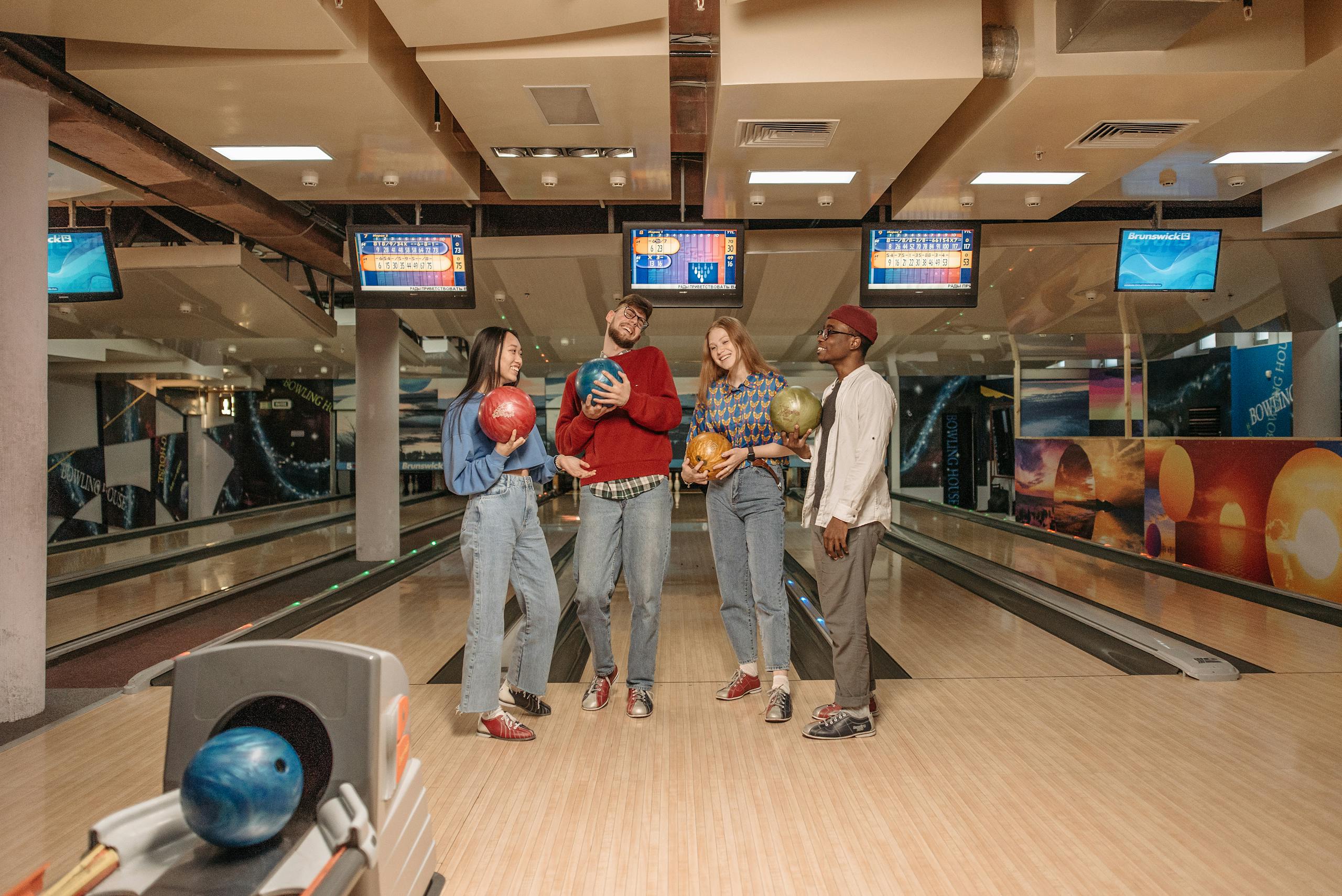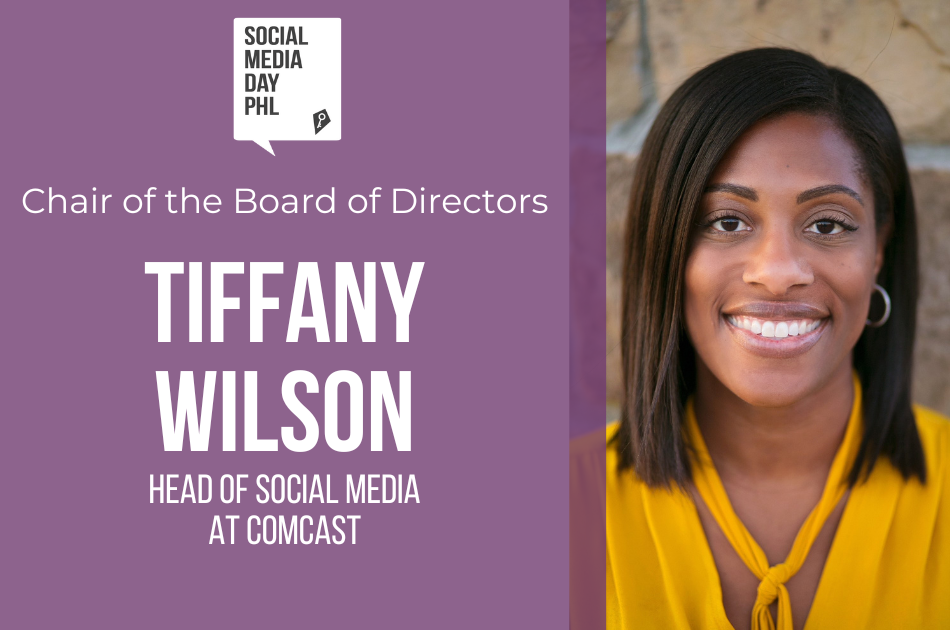Finding Your IRL Community and Keeping It Alive

Where and how did you discover your first community?
When I was growing up, bowling alleys were like my second home. My parents bowled in weekly leagues on Mondays and Wednesdays, and they traveled to tournaments with their bowling club on weekends, with me in tow. It’s how they met so many people: their league teammates, their tournament club, their traveling friends. Bowling alleys were a natural gathering spot where my parents (and I) made new friends and had spontaneous conversations.
Bowling: The original, in-real-life (IRL) community
Bowling was more than an excuse for us to get out of the house a few times a week. It became a way to discover community and keep it alive: being on a team, working to accomplish something, counting on one another and having fun along the way. Bowling was a way to share a hobby, see familiar faces and meet people who lived and thought differently from you.
I did my homework in the bowling alley, engulfed in cigarette smoke before it became illegal to smoke indoors in California. I often passed out the league sheets and collected money for the 50/50 raffles. Plus, when the pros would visit on Sundays, I had the honor of being the scorekeeper for some of the biggest names in the sport.
Naturally, my parents’ community rubbed off on me. I bowled for years in a Saturday morning league and traveled on occasion for my own junior tournaments. I was in it for the competition and the way that the community spurred me to higher and higher scores. My parents have perfect games, and they were as thrilled as I was when I bowled my first 300. Same when my brother bowled one.
But by the end of my teens, I could see that people were spending less time in bowling alleys, malls, community centers and arcades, and more time in digital meeting places. I could see why: digital is easier. You don’t have to drive anywhere, wait your turn at the pinball machine or rent shoes. By the late ‘90s, if the people were too different from you, you could switch to another chat room. And today, you can swipe left or just keep scrolling.
Most of all, the threshold of desertion is much lower. If you don’t feel like going anymore, you can bail knowing that nobody is relying on you to show up and do your part.
When community becomes hard to find
Organic meeting places like bowling alleys, barber shops and record stores have slowly begun to disappear. Many gathering spaces have been replaced by digital ones that don’t fill the same need. With remote work, online shopping and food delivery services, you can easily go a week or longer without a single spontaneous interaction. We use digital to “stay in touch,” “connect” and even re-connect, but in many ways we’re more disconnected than ever. And we have fewer opportunities for shared discovery.
That’s not how we are meant to live. Research shows that community and belonging are essential to our health and well-being.
- A study in central Oregon found that people who reported a strong sense of belonging were ten times more likely to report good mental health than those with a weak sense of community. Those who felt least connected reported poor mental health at nearly 31%, compared to just 3% among the most connected.
- A Wisconsin population study showed that weaker neighborhood ties and a negative sense of community were directly linked to higher levels of depression, anxiety, and stress. In contrast, findings indicate that a positive sense of community is associated with a reduced reporting of depression, anxiety and stress symptoms.
- Among first-year college students in four-year colleges across the U.S., those who felt a stronger sense of belonging reported better engagement, mental health and persistence – even when controlling for background and academic performance.
- And according to Harvard’s Geoff Cohen, the U.S. is facing what he calls a “crisis of belonging.” He recounts findings from surgeon general Vivek Murthy who estimates that roughly one in five Americans now experiences chronic loneliness, which poses a health risk on par with smoking a pack of cigarettes a day.
Connections aren’t quite community. But they are a step toward it.
Most people have some concept of community. The word means something to them. When I tell them that I practically grew up in a bowling alley with my parents’ community of bowling teammates, they can visualize it. They describe fondly where and how they feel (or, more often, felt) community and a sense of belonging, whether at church or on a soccer team or in a book club or with the parents at their kids’ school. They talk about what they did with co-parishioners, teammates and colleagues. They revel in the trophies they won, the good times they had and the things they accomplished.
Do you think you can find that kind of community and feel that sense of belonging in the online world? I don’t. I think the online world is about connections, and connections aren’t the same thing as community. Sure, connecting with people online is better than not connecting at all, but having a lot of connections isn’t the same thing as having an IRL community.
We’re more connected than ever, but we’re also more disconnected and isolated than ever. Community and belonging don’t automatically result from connections. They depend on human relationships, and like any human relationships, you have to work at them.
Not that into bowling? Here are other ways to upgrade your connections to community.
Also like any human relationships, your community and your sense of belonging come and go with time. (And with pandemics.) You’re not alone in having to keep old ones alive and discover new ones.
“I never used to have to figure this out,” you think. “I used to just find people organically and fit in with them.”
Good for you. But in case you want ideas, here are some techniques for finding community:
- Join a small but consistent group. A fitness class, a book club, a trivia night, a non-profit board — anything that gives you a reason to keep showing up. Consistency builds comfort. When you show up regularly, faces become familiar and small talk turns into connection, which can lead to community.
- Support local spaces. Visit the farmers’ market, attend neighborhood events or grab coffee at the shop down the street. Those small decisions keep real gathering places alive and allow people to bump into one another naturally.
- Use technology to find your people. It may sound contradictory, but use local Facebook groups, Meetup or apps like Nextdoor to find nearby activities and people with common interests. The trick is to develop online connections into offline, IRLones. That’s where real community takes over.
- Volunteer for something small that you care about. Few things bond people faster than shared purpose. Look for local food banks, animal shelters or community events where you can lend a hand. You’ll meet people with similar values — a strong foundation for community.
- Say hello to a stranger. We often wait for others to make the first move, but sometimes all it takes is a smile, a simple “How’s your day?” or “Hey, I see you here every week – what’s your name?” That can open doors and spark an unexpected connection.
Once you decide on a technique, the important thing is to show up, even when you don’t feel like it. A simple acid test is to commit to showing up three times and doing your best to participate comfortably. If, by the third time, you’re just not feeling it, then congratulate yourself for having tried it. And try something else.
Strikes and gutters, ups and downs – keeping your IRL community alive
My parents started bowling in the 1980s, and they still bowl every week. They travel with their bowling league to Las Vegas twice a year.
I look at the community they’ve built around bowling, made up of people like their teammates, their teammates’ families, front desk staff and even the folks who work in the pro shop. It’s such a great model that I wish they could leave it to me in their will.
They can’t, of course. I need to find and build my own community. Besides, I know it hasn’t been effortless for them. Alleys have closed, people and trophies have come and gone and there have been plenty of disappointments among the victories. Worse yet, every day it becomes easier to find things to do that don’t involve leaving the house or getting together with other people at all.
It takes effort and intention to keep a community like theirs going – certainly more so than in the digital world, where we’re geared to connect but not truly build community. That effort and intention, those ups and downs, make it all the more meaningful when we find that sense of belonging and community that makes us human.

